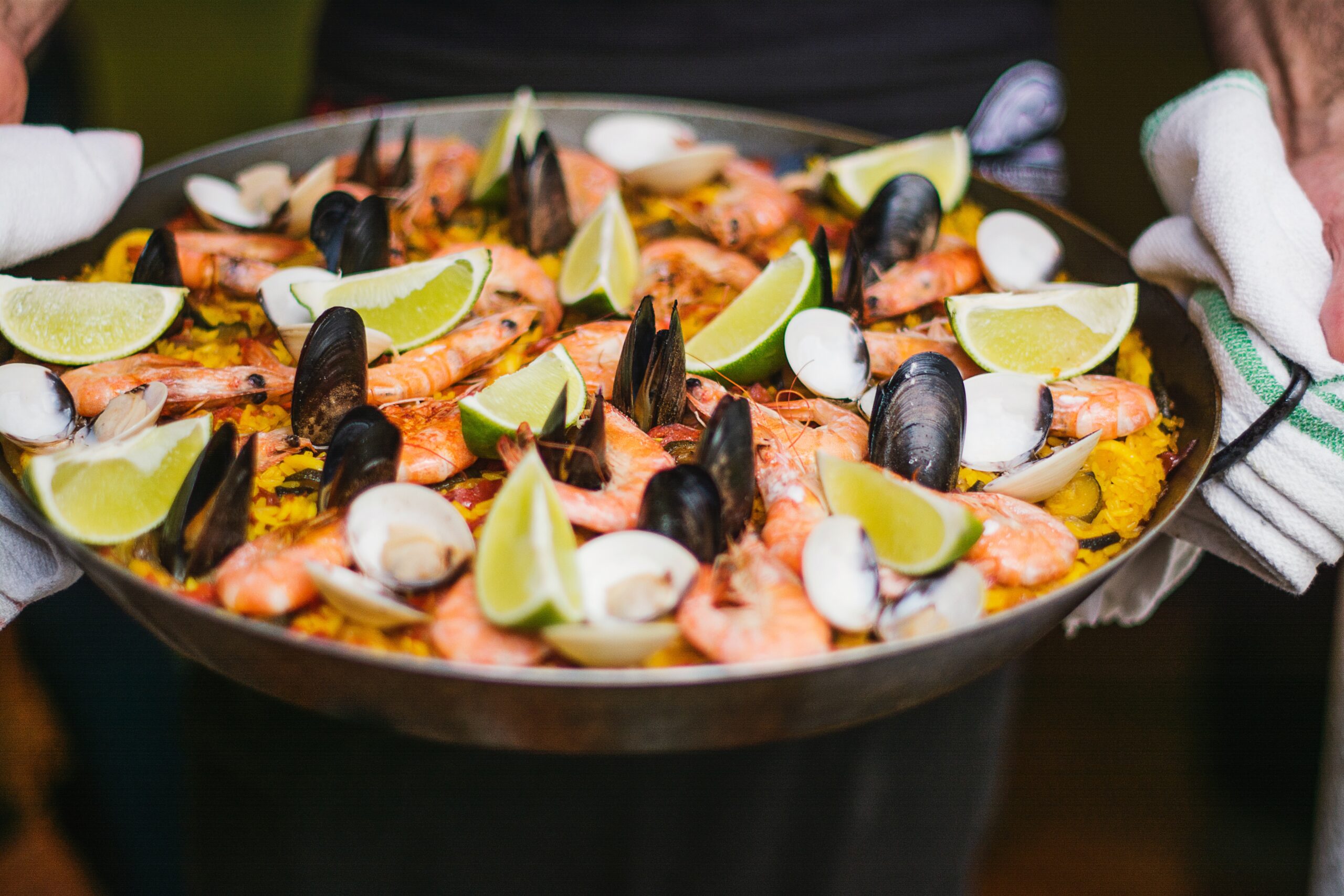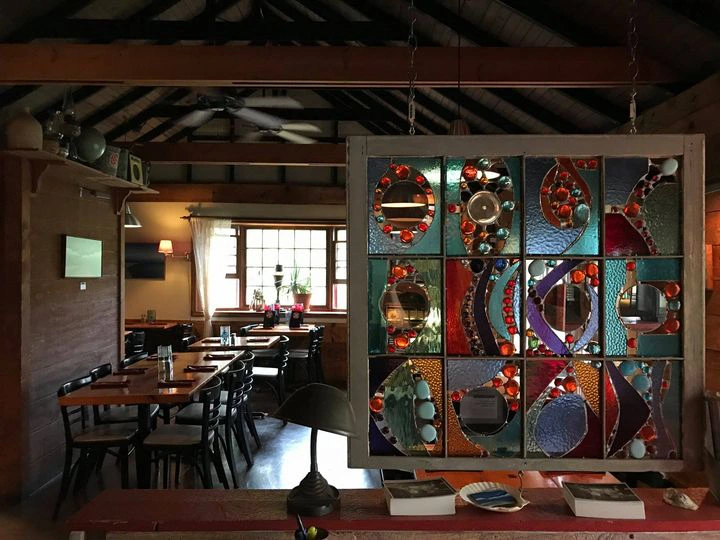Which dishes would you prefer to eat?
- Barbeque Chicken Sandwich or Jack Daniels Chicken Sandwich
- Orange Swirl Sorbet or Psychedelic Sorbet
- Deep-Fried Onion or Blooming Onion
If you’re like the diners who participated in a study published in the Cornell Hotel and Restaurant Administration Quarterly, then you likely chose the more descriptive names—Jack Daniels Chicken Sandwich, Psychedelic Sorbet, and Blooming Onion.
The study’s authors wanted to know what would happen if they changed generic, straightforward dish names into descriptive, marketing-oriented names.
Specifically, they hypothesized that such changes would improve:
- Sales
- Opinions of how the food tastes
- Attitudes toward a restaurant
- Intent to return
The study took place over six weeks in a faculty cafeteria at the University of Illinois, with the authors making the following changes to menu names:
Image from the study
The results? More creative dish names for the win
The authors were correct in their hypotheses.
Approximately 56 percent of diners participating in the study selected menu items with more descriptive, creative names. The other 44 percent selected their regularly named counterparts.
Sales increased by 27 percent for products with more descriptive labels.
Also, compared to diners who ate food with regular names, those who ate food with descriptive names:
- Consistently rated the food as “high quality” and a “good value”
- Had better attitudes towards the restaurant, rating it as being “up to speed with food trends” and “a fine, quality establishment”
- Had a much higher repurchase intent, agreeing that “I would eat this again during the next two weeks.”
But don’t expect diners to pay more for creatively named dishes
Photo by Simon Kadula on Unsplash
Despite the overwhelmingly good results, the authors were surprised to find that diners wouldn’t pay very much more for the descriptively named items.
When asked about willingness to pay, diners who chose the straightforward names said they’d pay a maximum of $3.08 for a $2.99 item. Diners who chose the descriptive names said they’d be willing to pay a maximum of $3.30 for the same item.
From the study:
“What this means for managers is that descriptive menu labels can help stimulate first-time consumption and can help encourage repeat sales. Our supposition is that when people associate a positive experience with a descriptive label, a chain reaction of positive attitudes and intentions usually follows. That is, after enjoying their meal, customers are likely to give the meal a positive evaluation for quality and value, and they are likely to rate their chosen menu items as being of higher quality and offering a better value than do other items.”
Restaurateur beware: Creatively named dishes must also meet diners’ quality expectations
Photo by Eduardo Roda Lopes on Unsplash
A few other important points from the study stood out.
First, descriptive names may not help if your food is average or below-average quality, as all food in the study was “of reasonably high quality.”
Second, if you raise diners’ expectations of food quality by changing to more descriptive names, the product has to actually meet or exceed those expectations, or the change might backfire, hurting your reputation and diners’ chances of returning.
Bottom line? Don’t call yesterday’s goulash “Royal Hungarian Top Sirloin Blend”
Photo by fotek on DepositPhotos
The study’s authors offered a few final words of advice:
“Restaurant managers should monitor their use of descriptive labels to avoid unjustifiably inflating their customers’ expectations—for example, beware of the temptation to label yesterday’s goulash as ‘Royal Hungarian Top Sirloin Blend.’ Doing so may generate first-time sales, but those sales may also be the last.”
What’s next?
Now that you may be itching to update the names of your dishes, check out our next blog post: AI in action: Generating creative names for your restaurant’s menu items. In it, we put five generative AI tools to the test to see which might best help you quickly develop more creative names.
Also, while you’re here, why not schedule a demo of the Stellar Menus Intelligent Menu Platform? We’d love to show you how you can use our system to price your menu for maximum profit.









